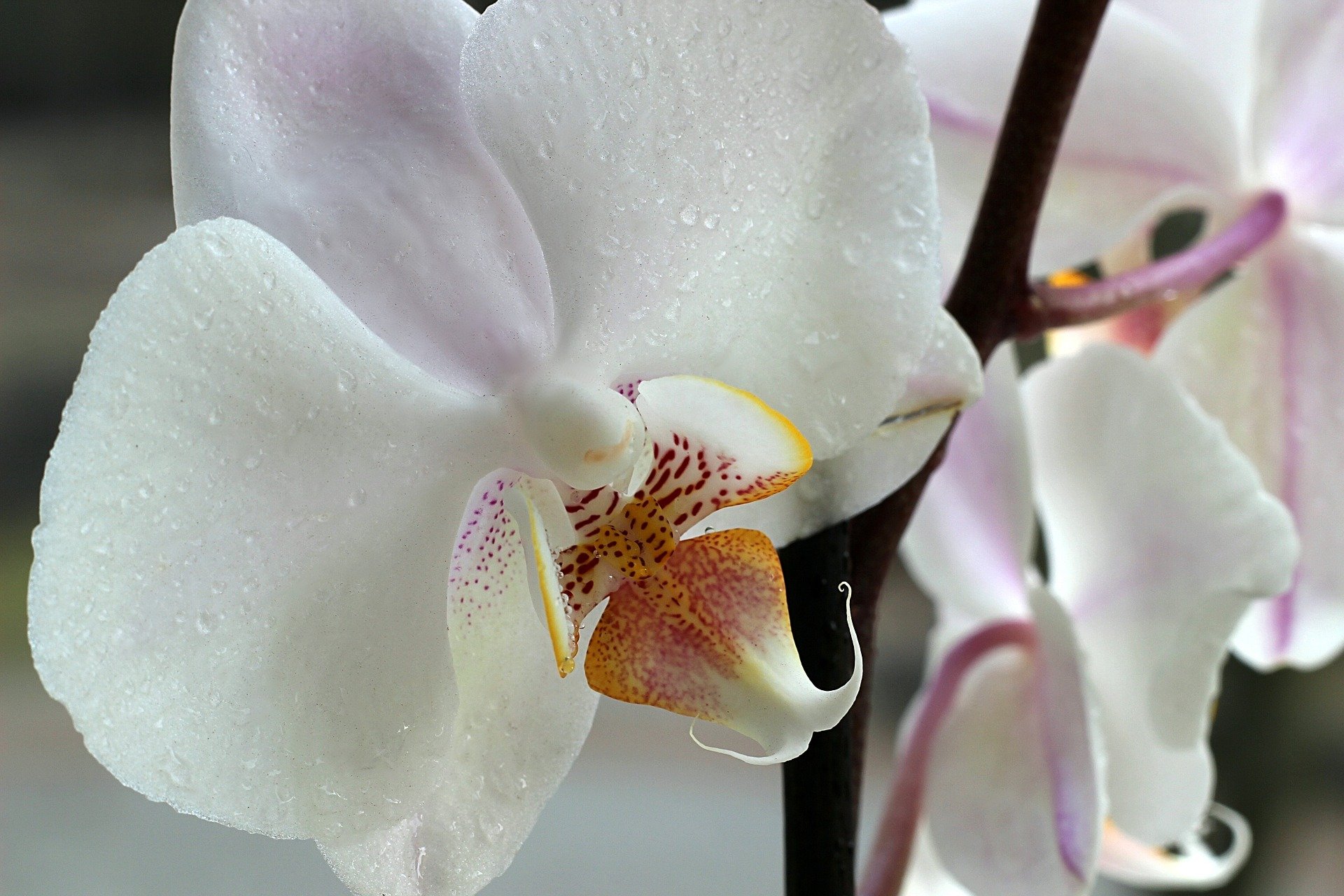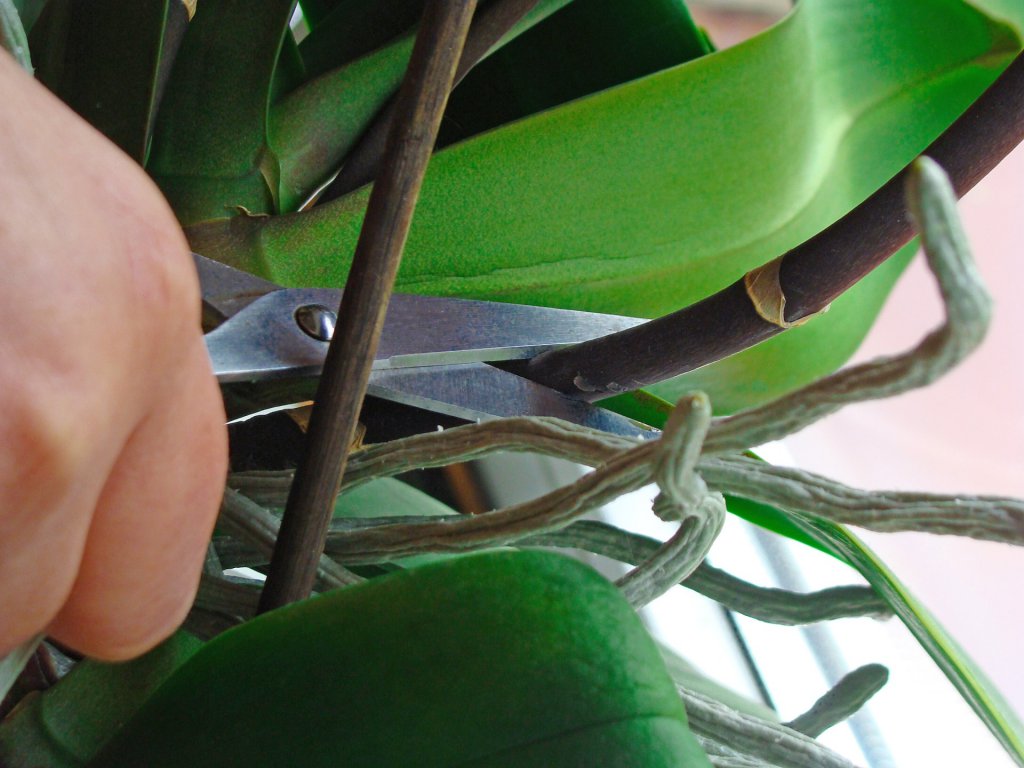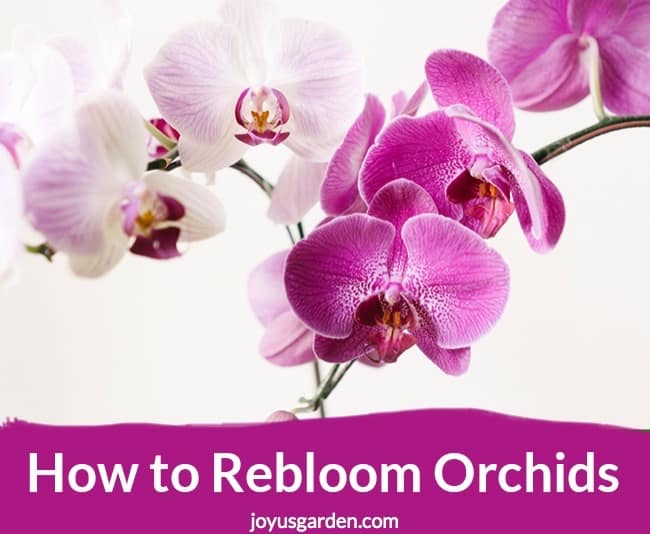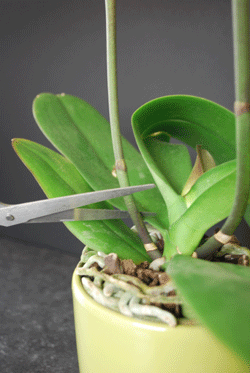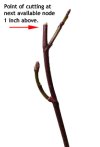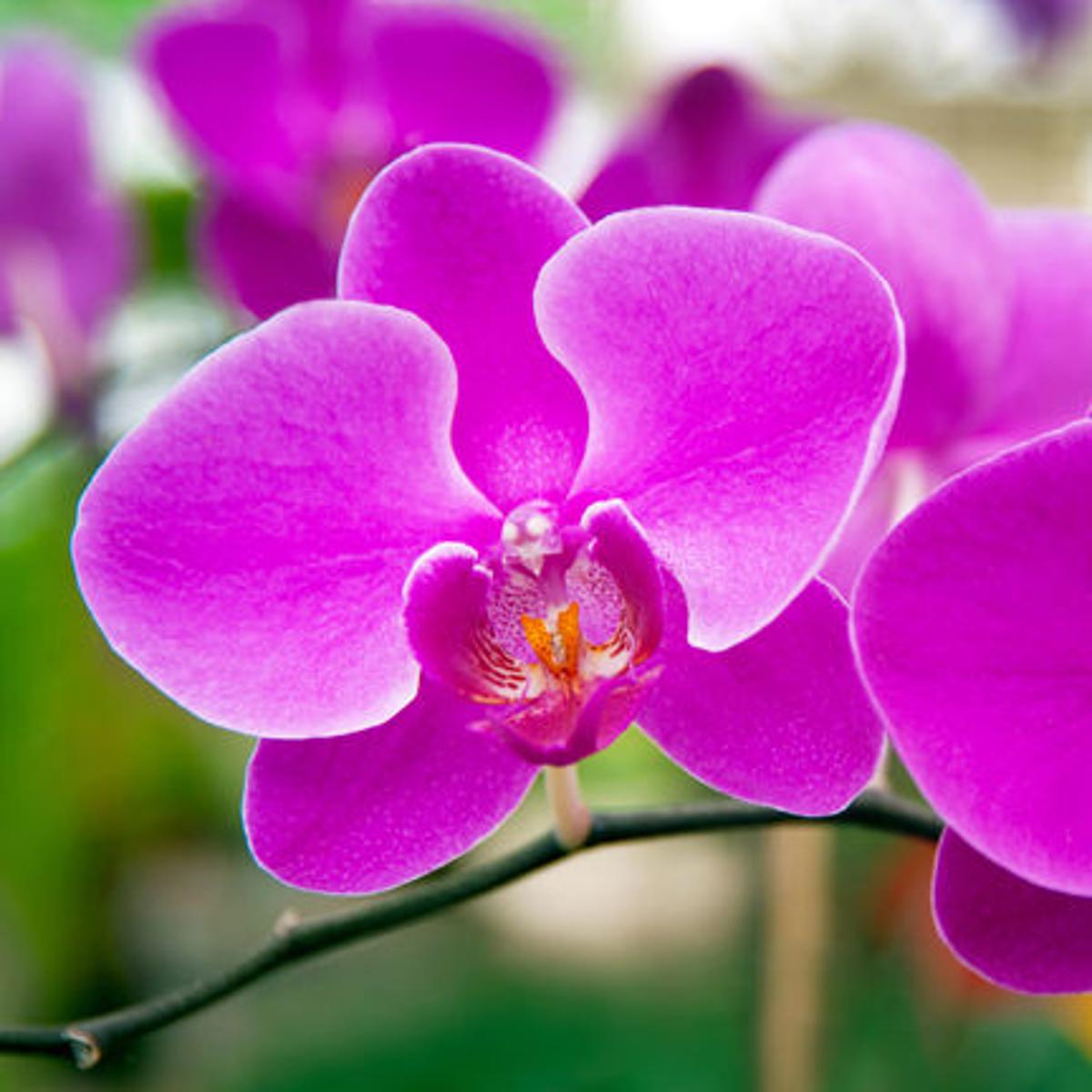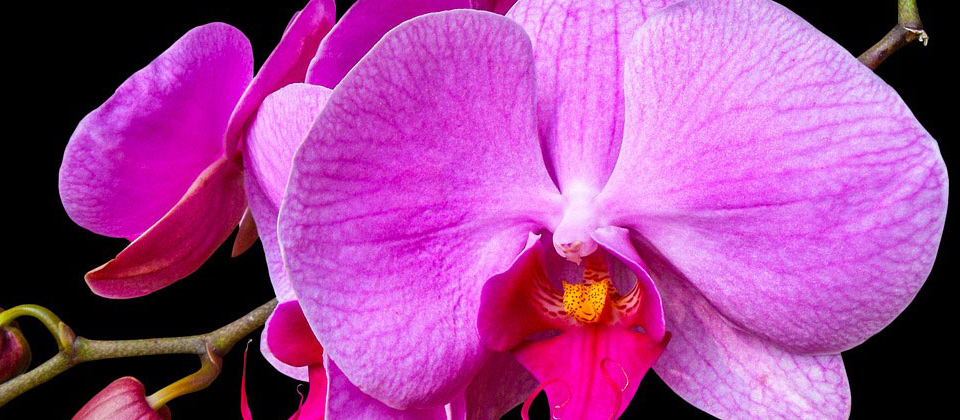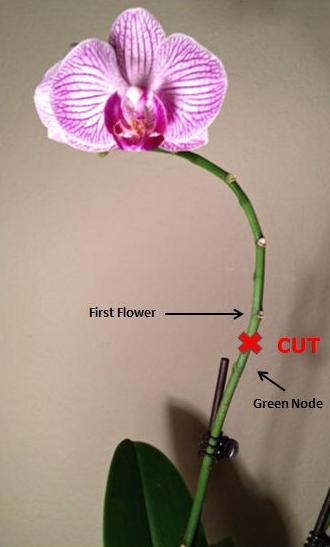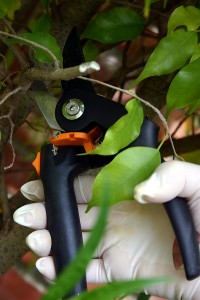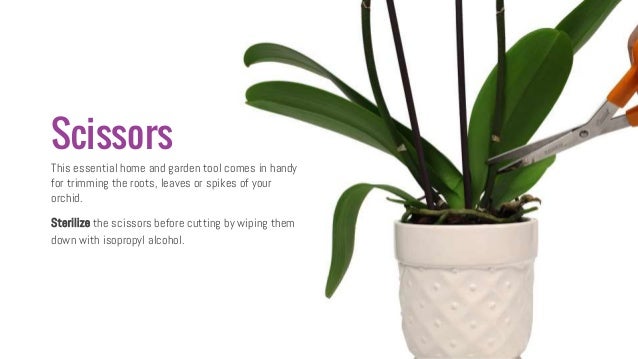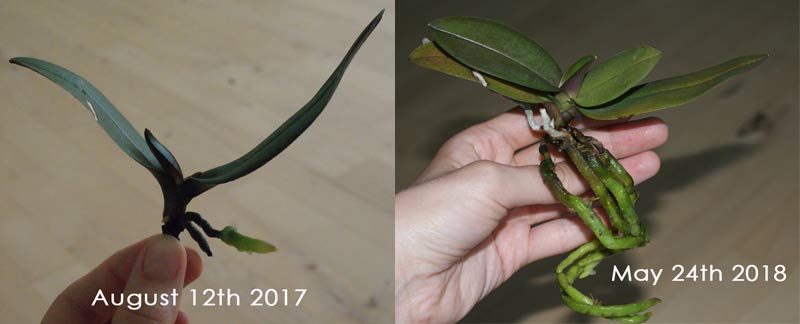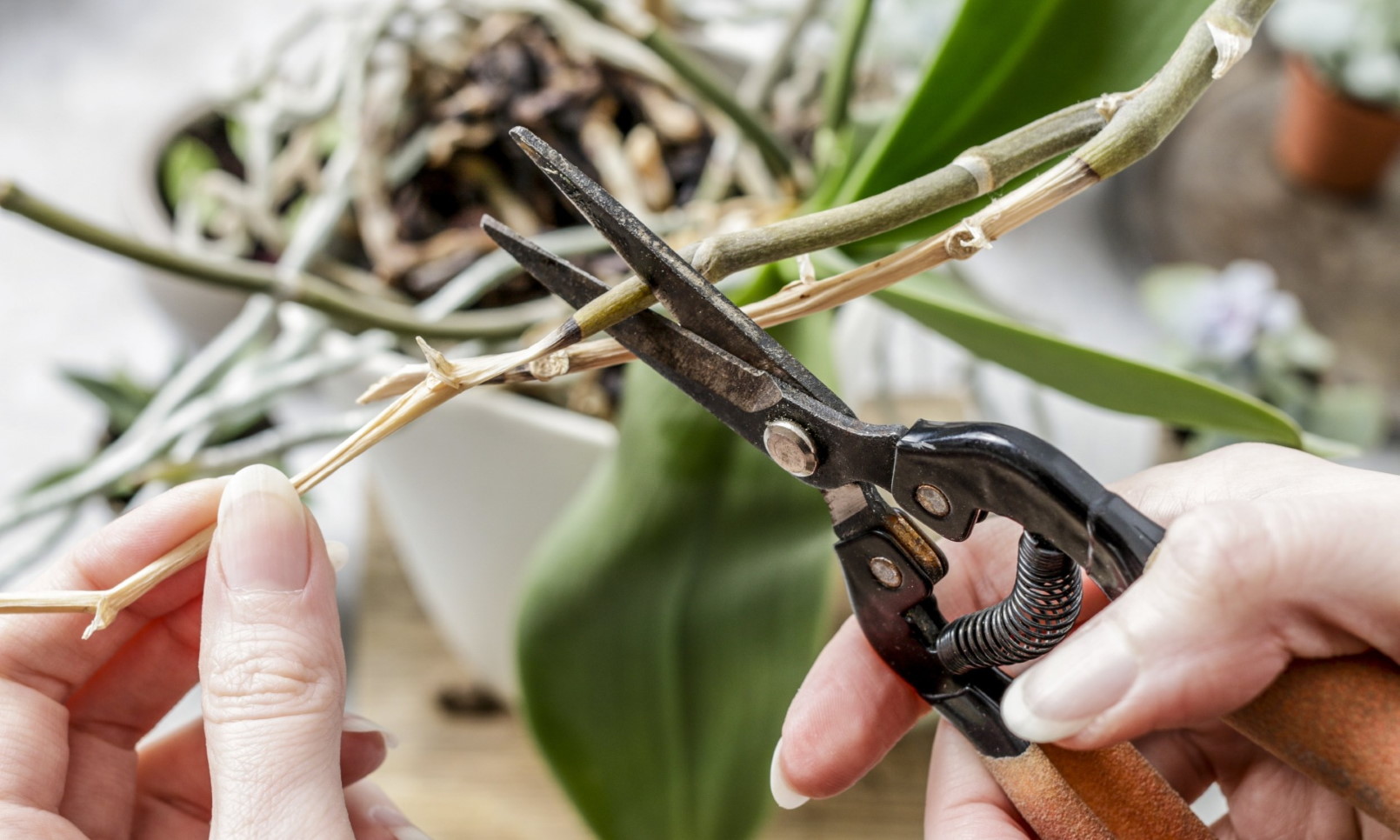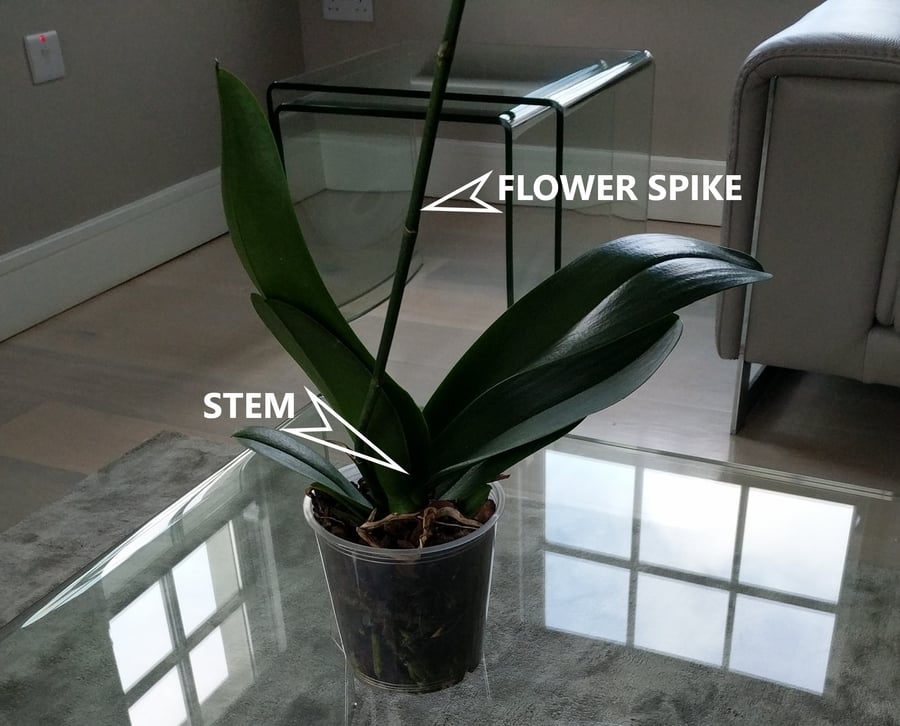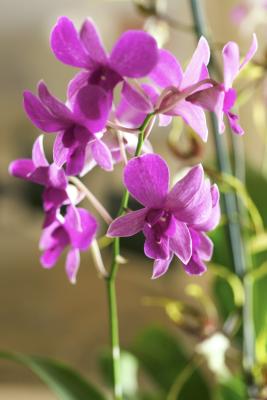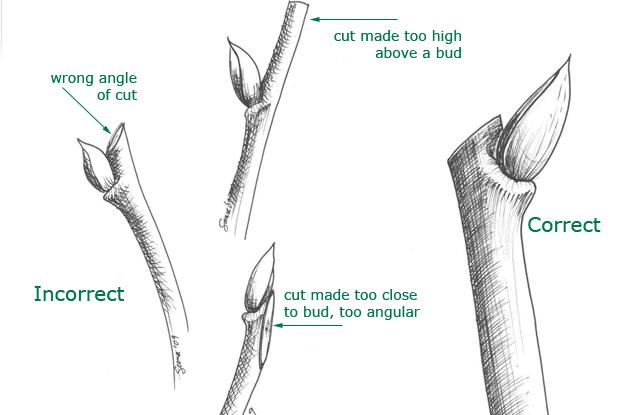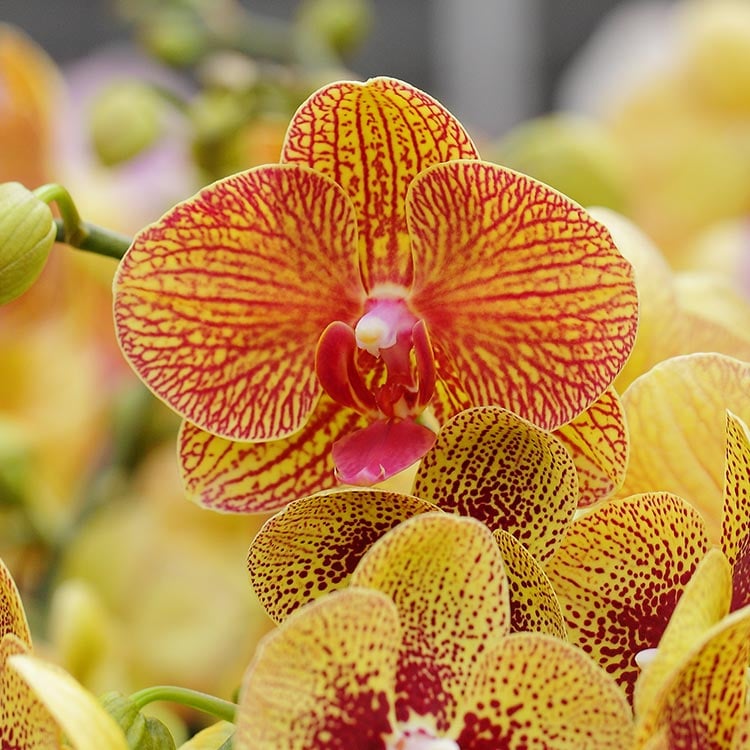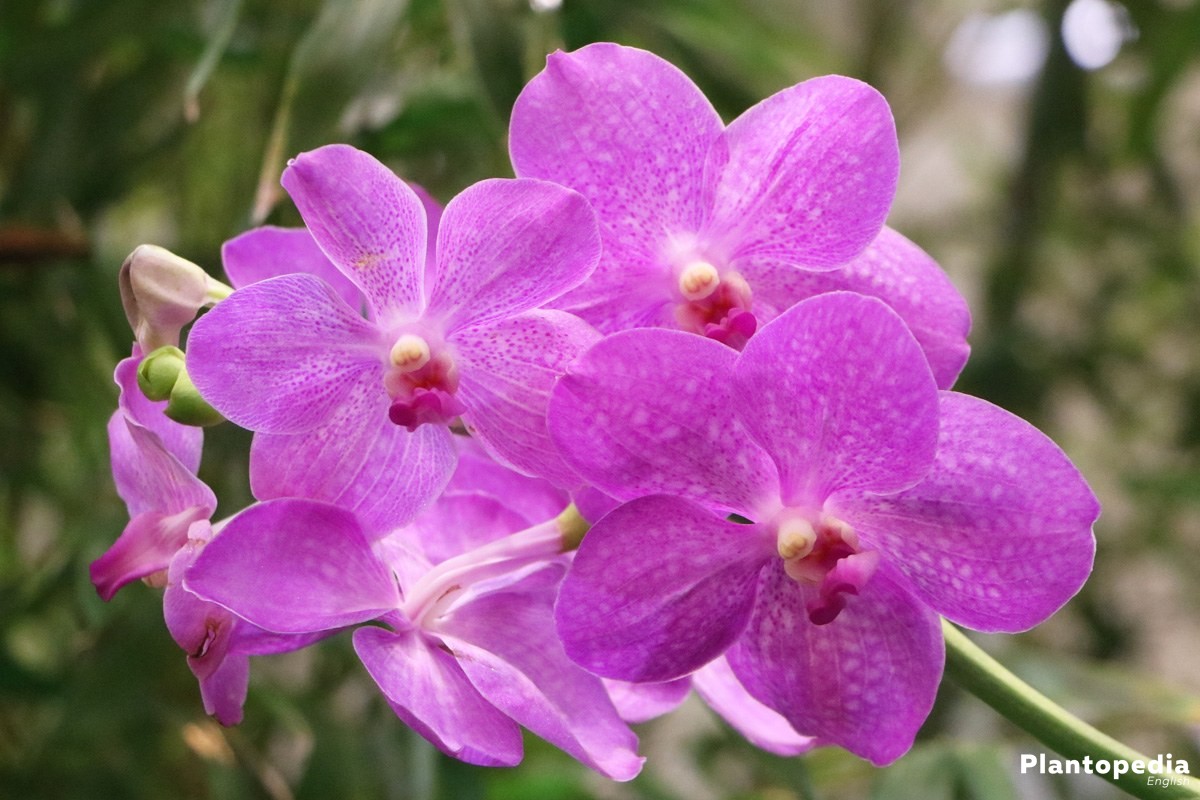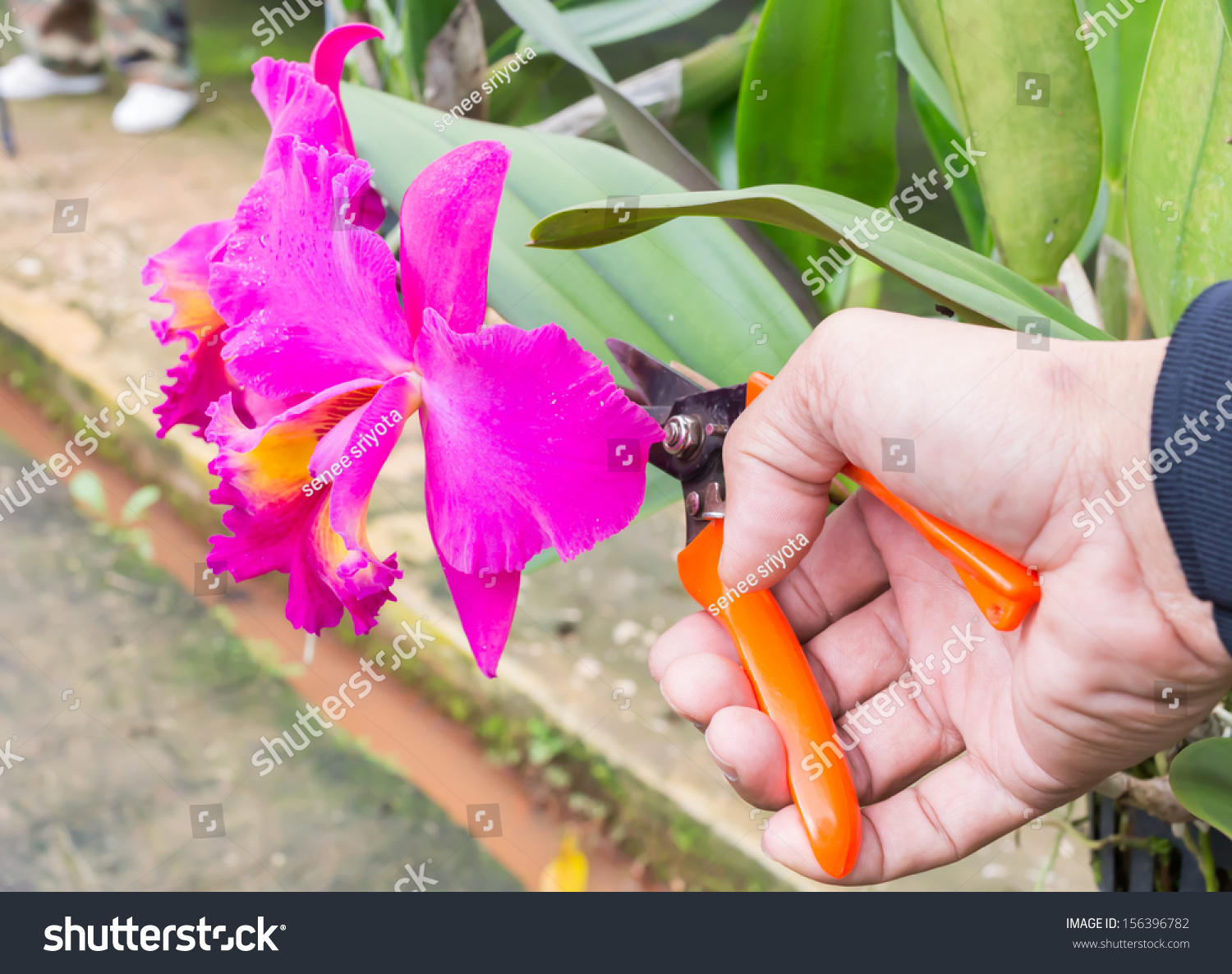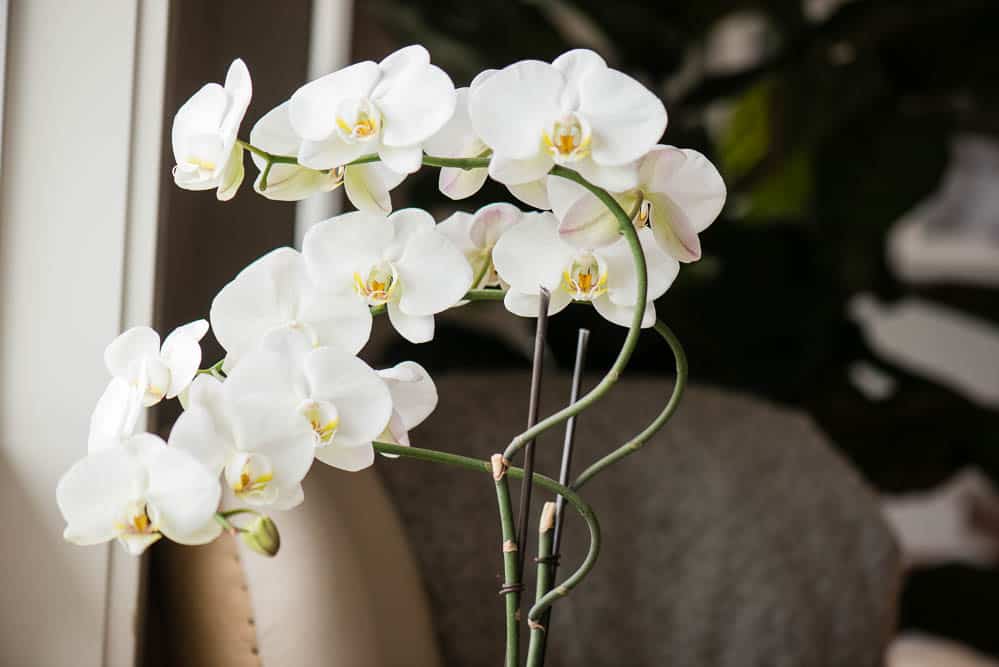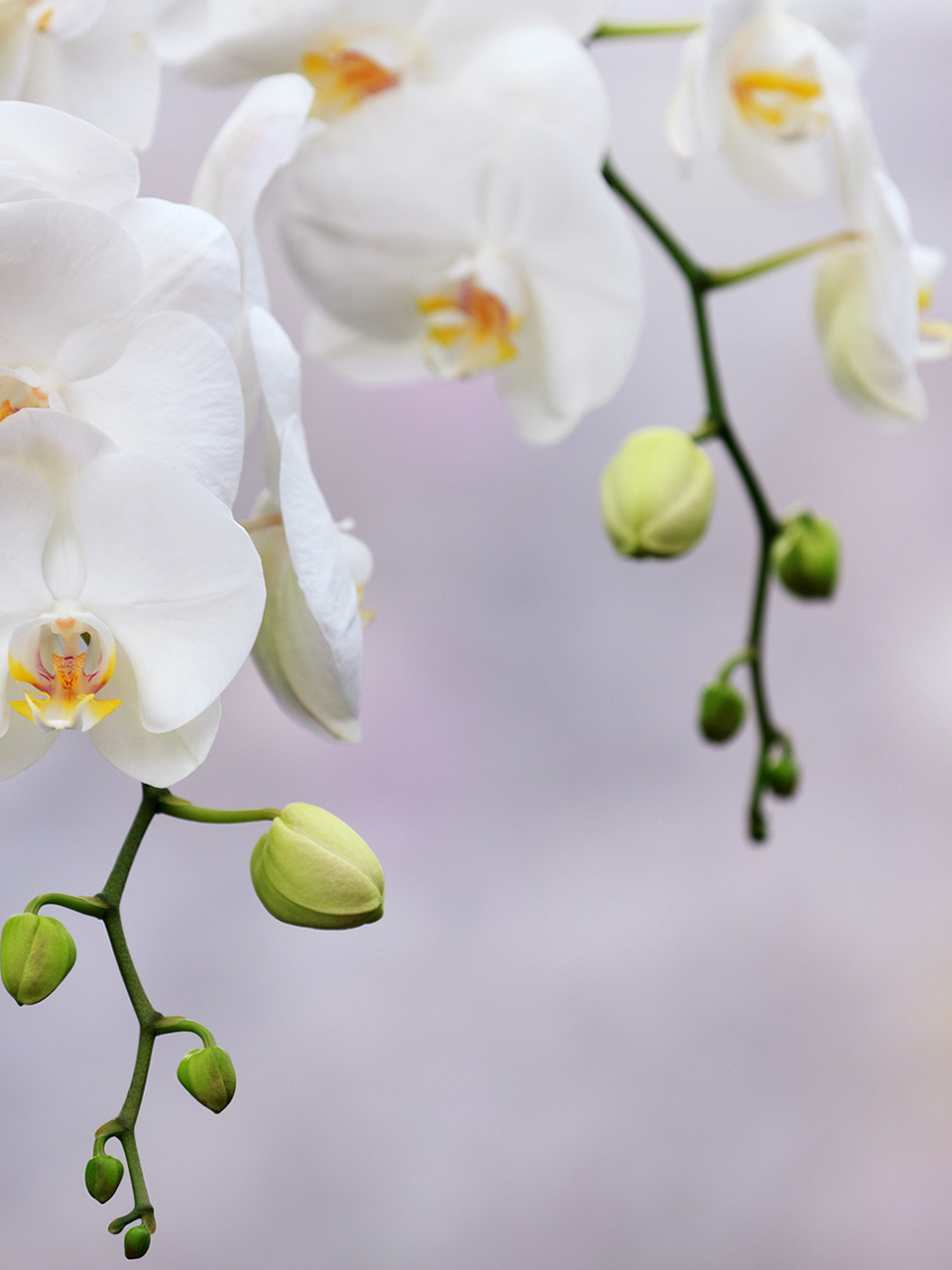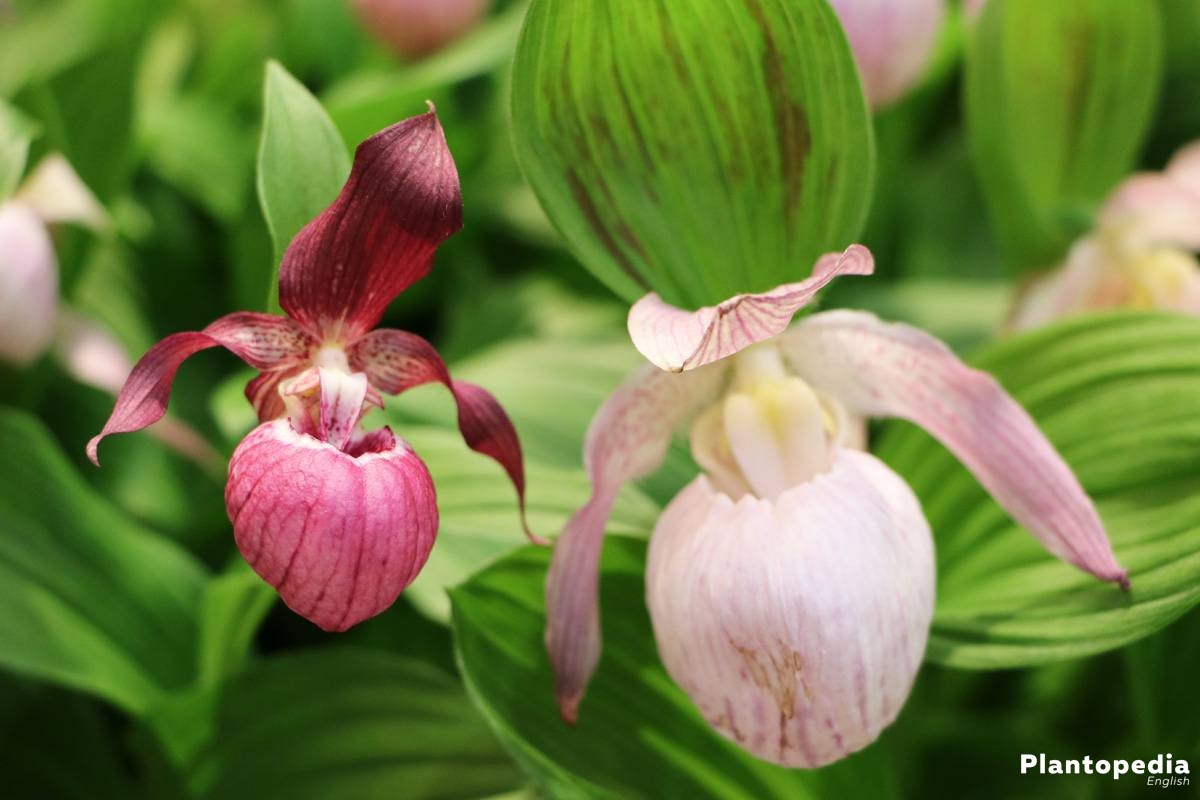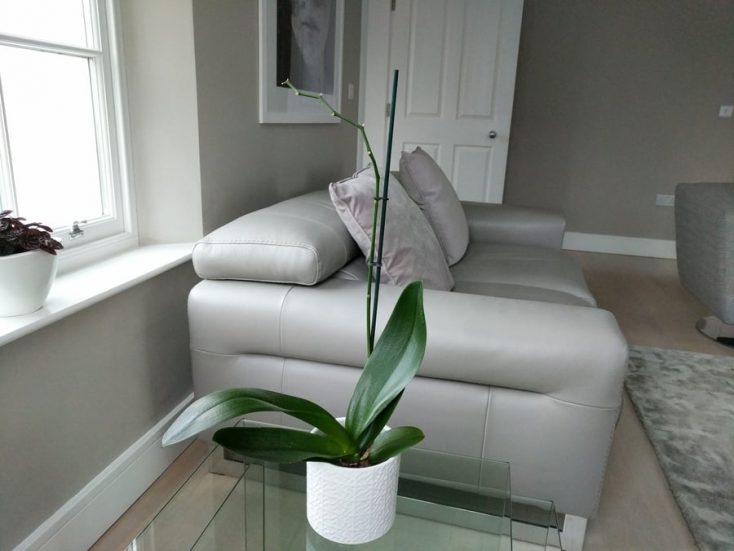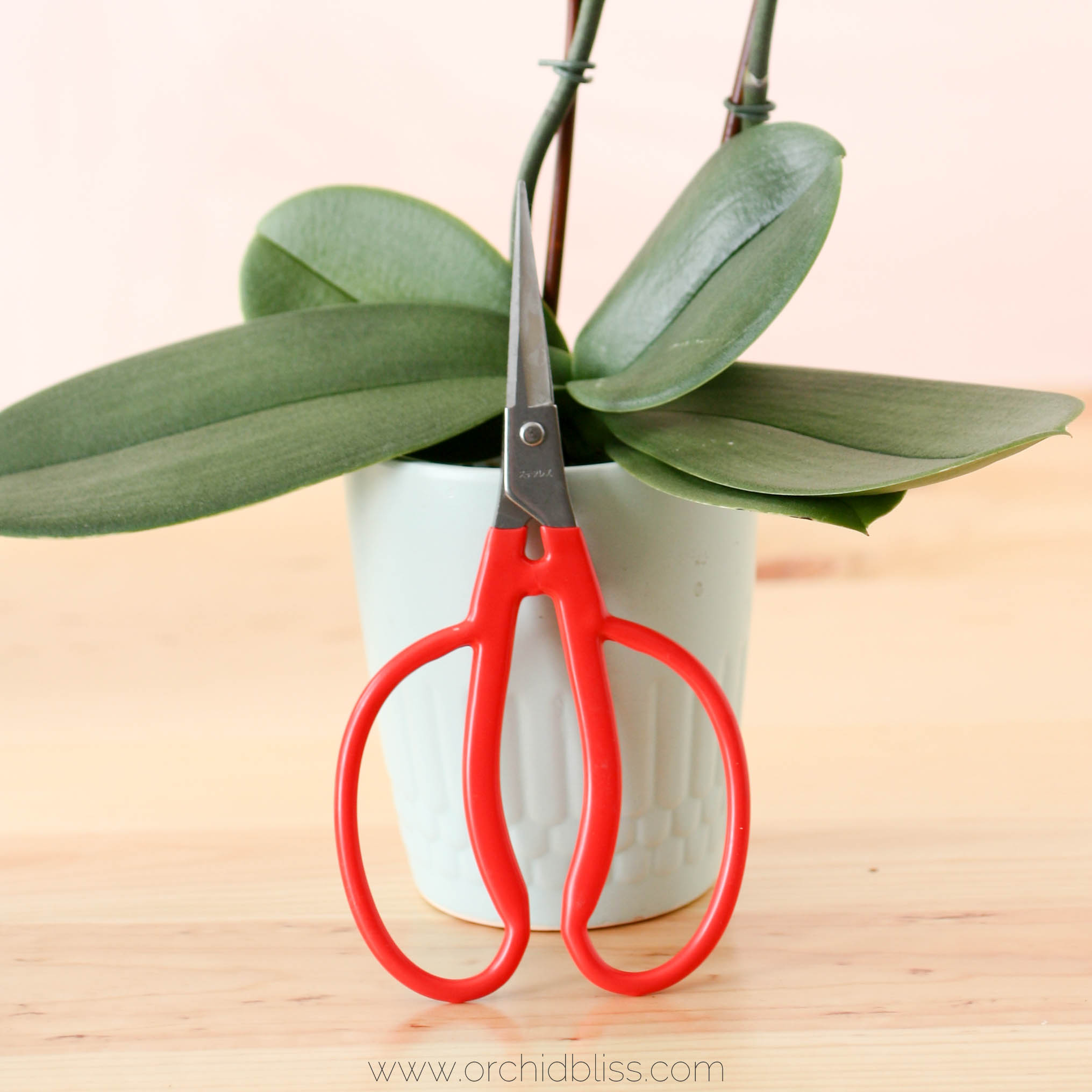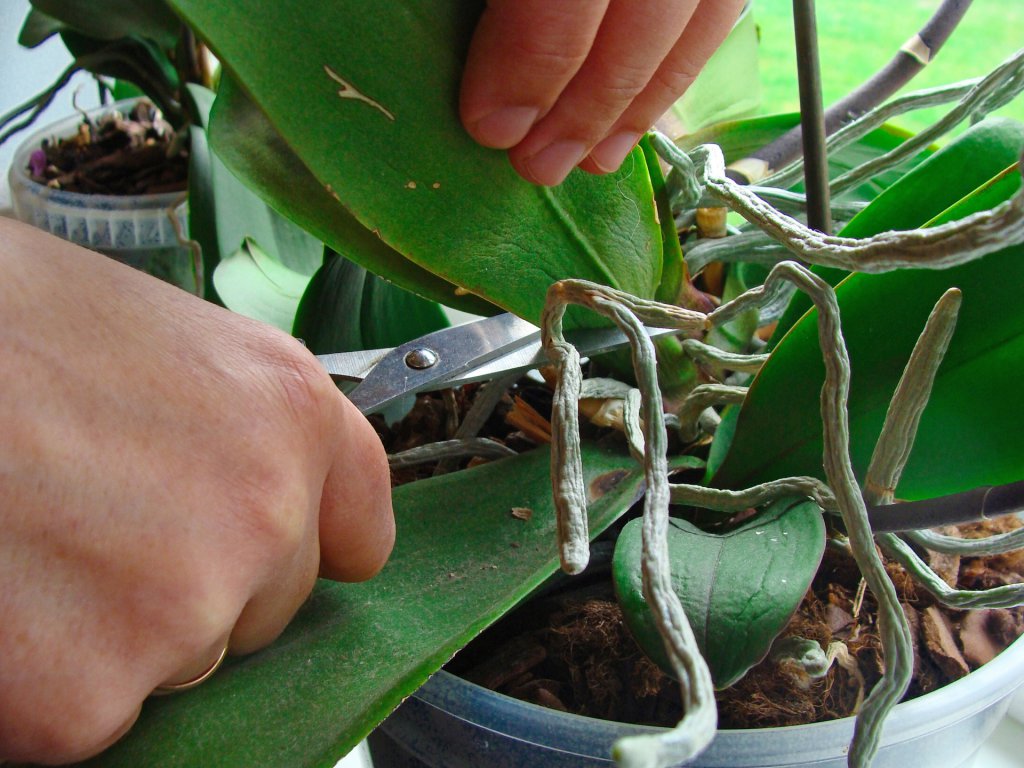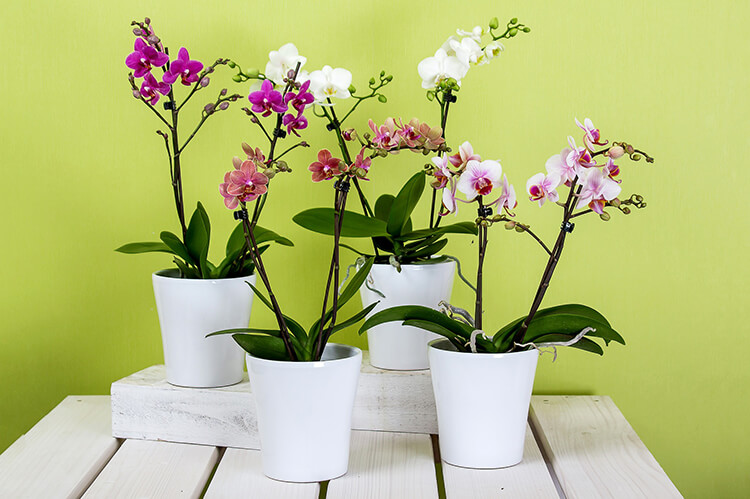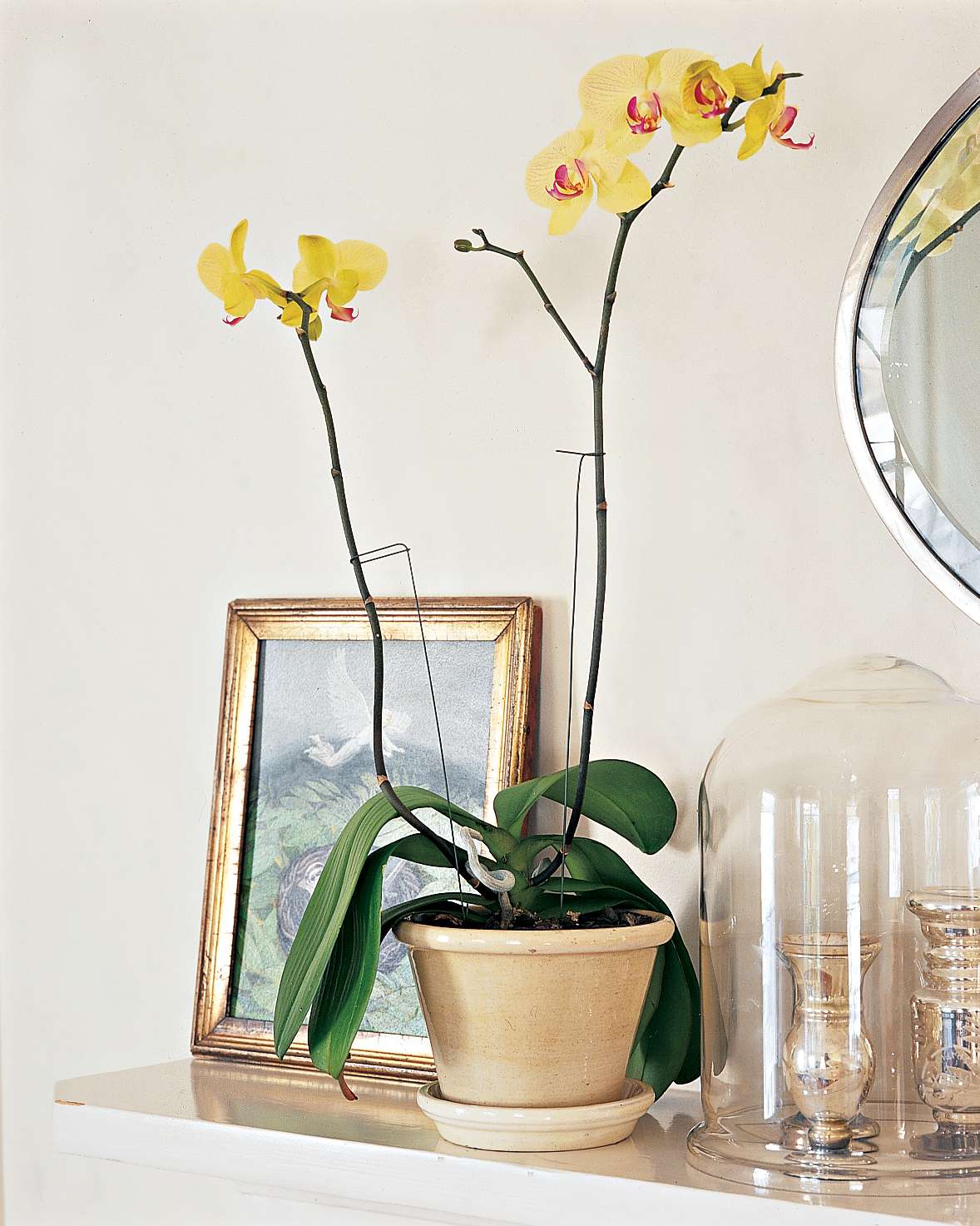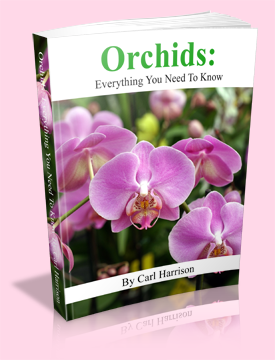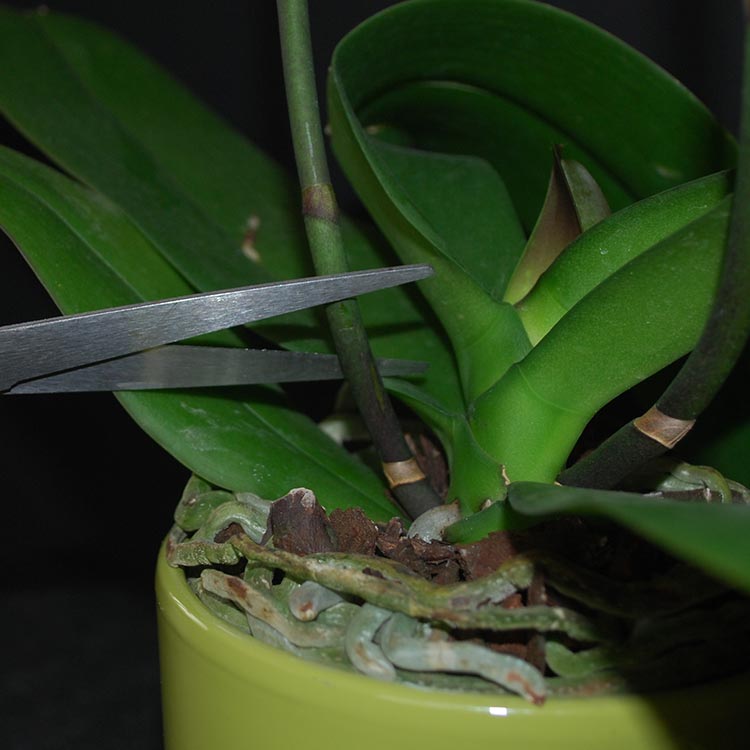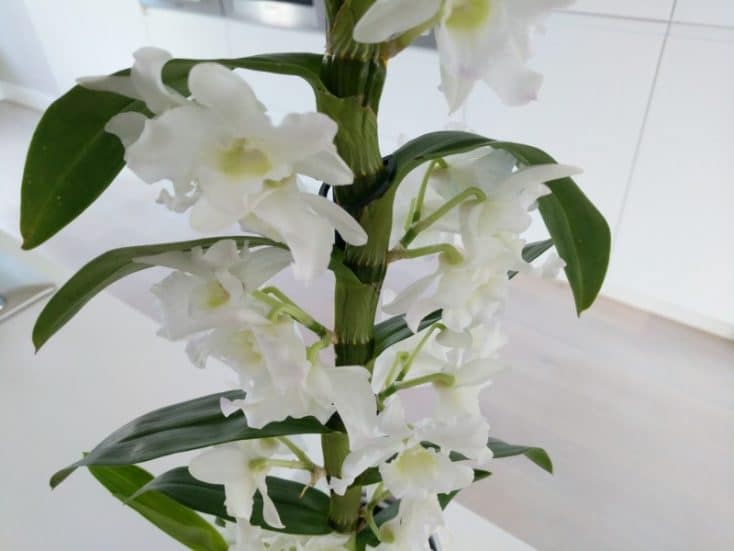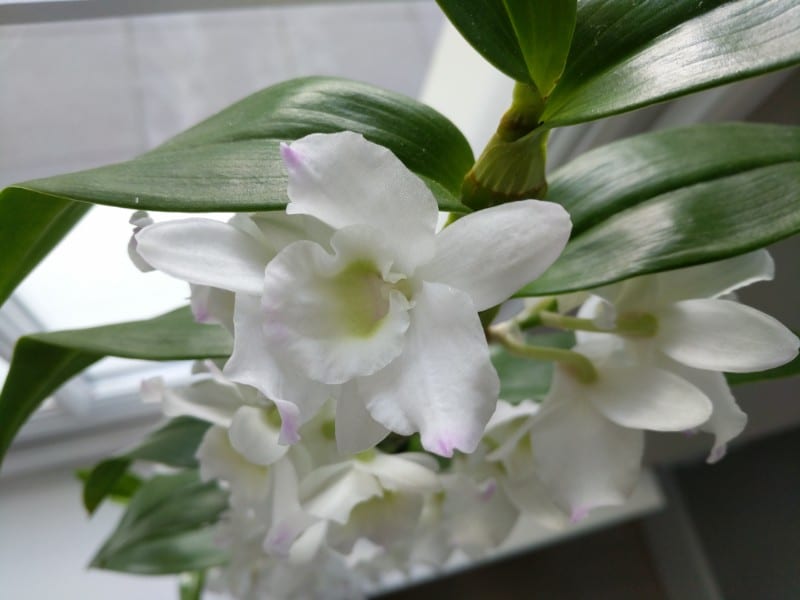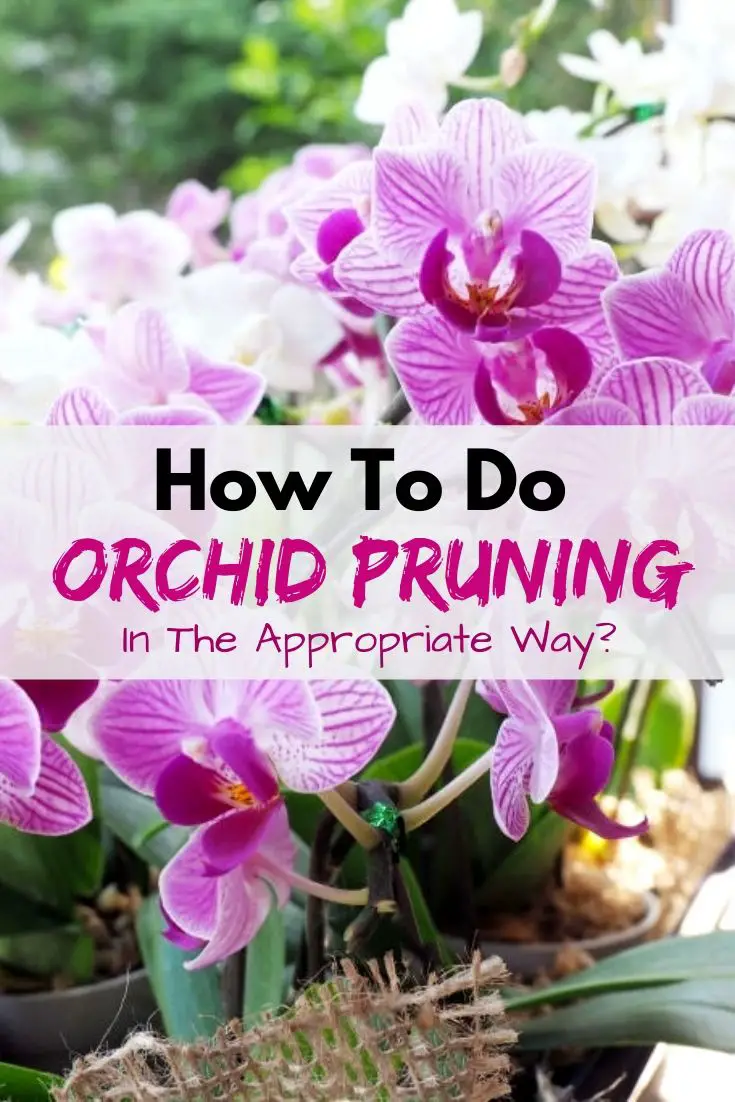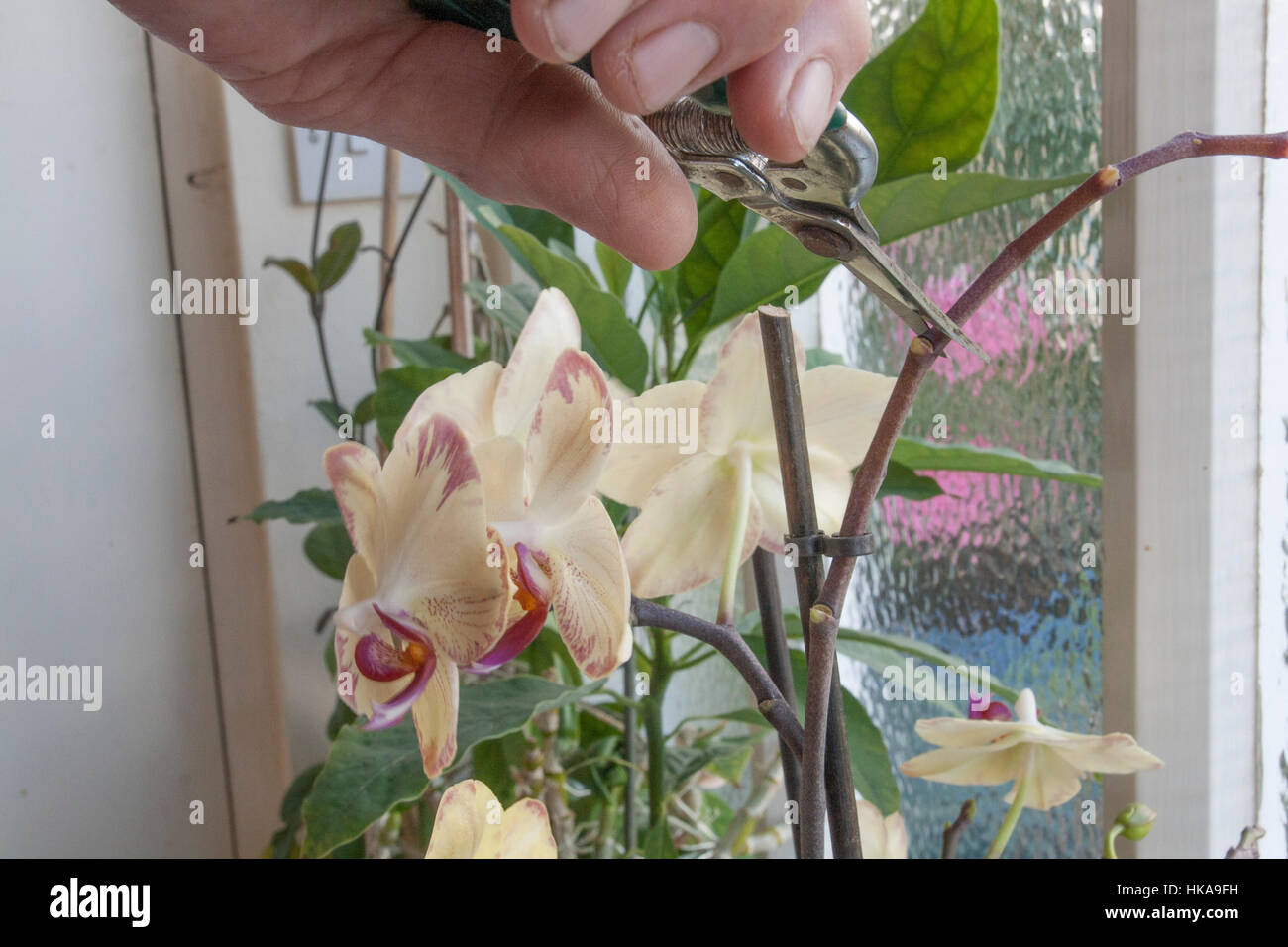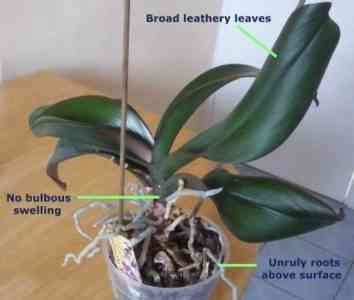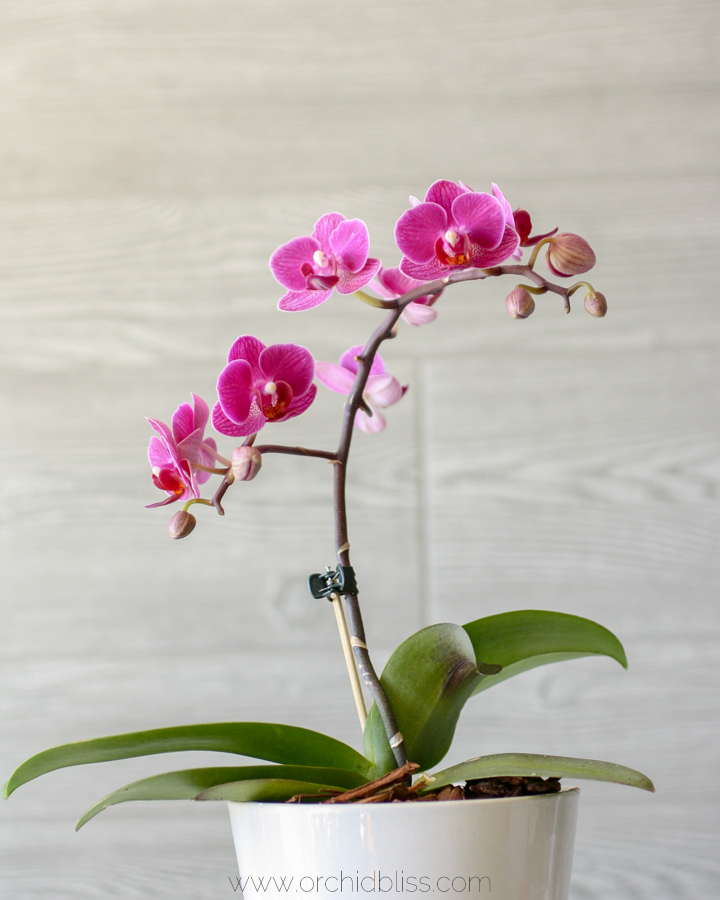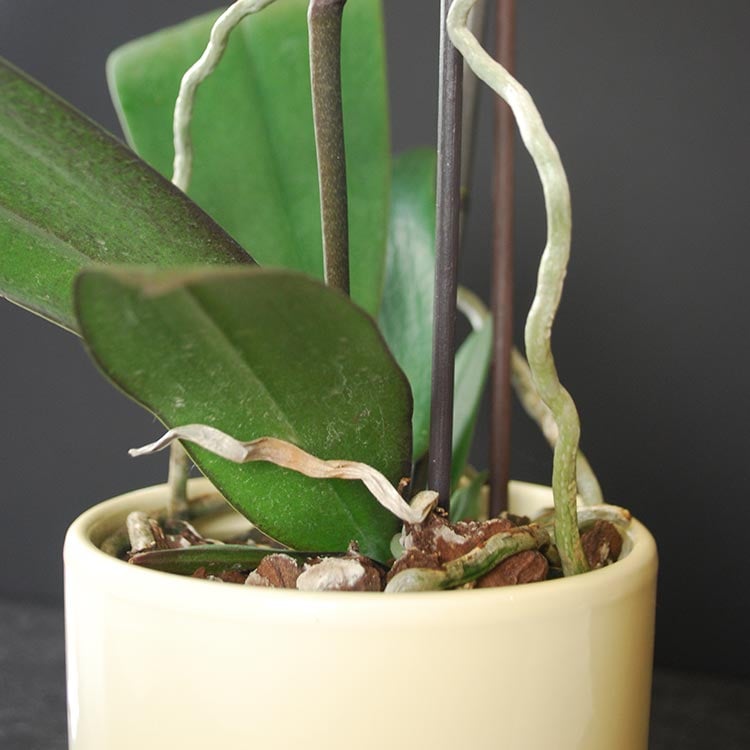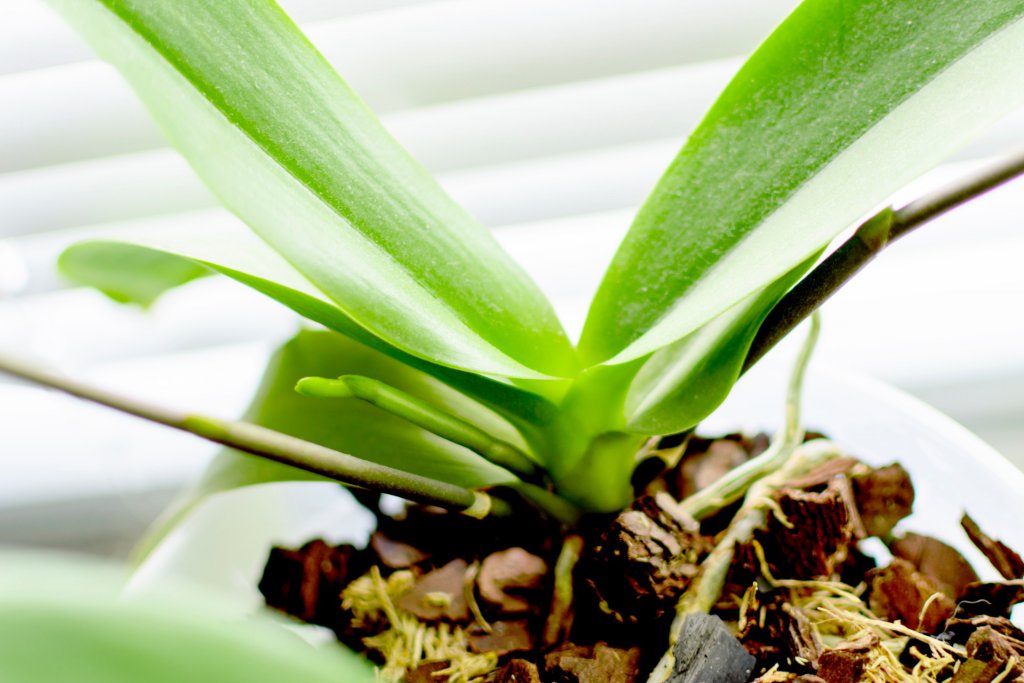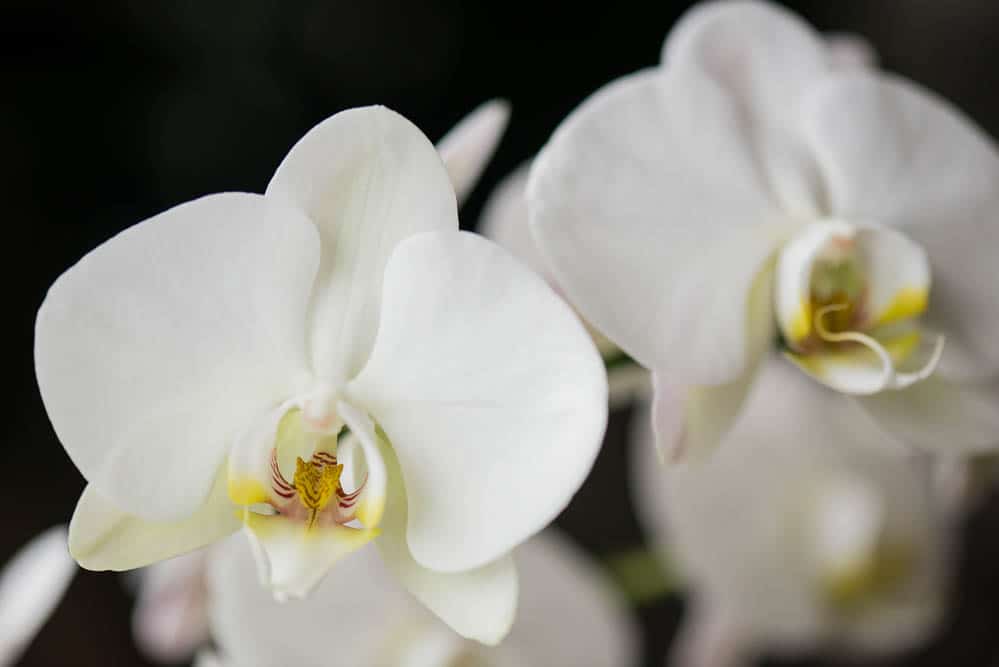Pruning Orchids
Orchids that have developed black or brown rotten spots on their leaves should be pruned says rogers.

Pruning orchids. Make sure you have super sharp pruning shears to use on your orchid. Use the orchid pruning tips below to keep your orchids looking good and healthy. Removing the orchid blooms that have finished will not only keep your plant looking neat but will increase its vitality. If you do this cut it back to about 14 inch above a node indicated by a small leaf like bump clasping the stalk.
This tissue may be harboring pests or fungi or could simply be stressing the plant out. It also gives you a great chance to give your orchid a once over to spot any unfolding issues while they are still minor and fixable. Unlike some plants an orchid likes to be root bound with an abundance of roots filling up most of the pot. Pruning keeps your orchid healthy.
While the orchid is still blooming cut back the flowers that are fading. Then use sharp scissors to trim off any black or damaged parts of the leaves so that the disease doesnt spread. To prune an orchid wait until it goes into its rest state in the late fall so that you dont do permanent damage when you trim it. Using sterilized scissors cut out any rotten and discolored spots you see.
Pruning roots and repotting like many houseplants an orchid can outgrow its pot. This is the time you want to shape and control the size of your plant and can be done periodically throughout the year or you may choose to do it during fall or early winter. The sharper the shears the cleaner the cut will be. A clean cut makes for a healthier orchid.
If a whole leaf is yellow or withered try gently pulling on it to remove it. It is best to remove them because these conditions can spread and eventually kill your orchid he says. Another significant benefit of orchid pruning is to remove any diseased or dead matter. Dont repot an orchid just because its rootbound.

